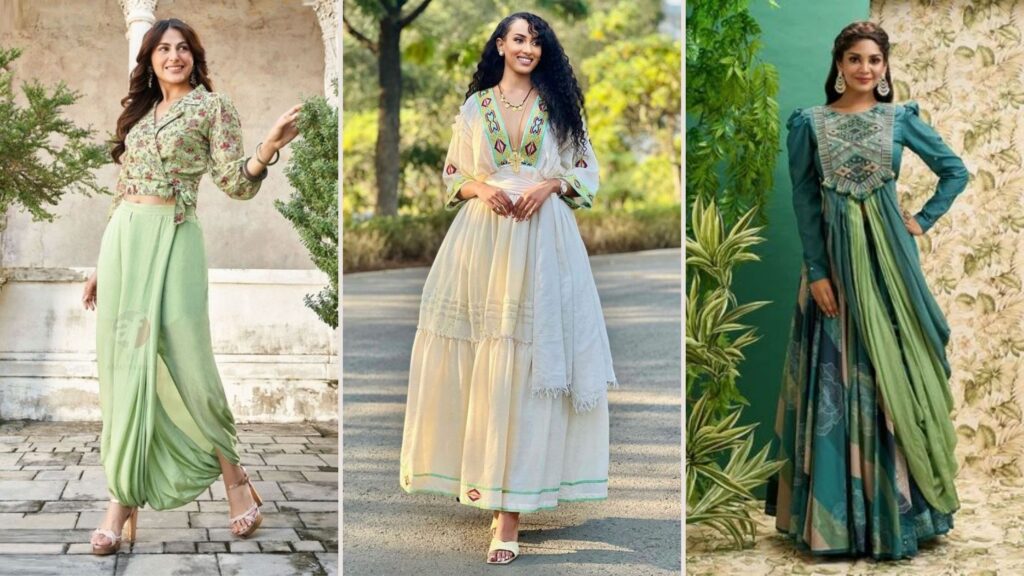Traditional clothing offers a window into the soul of a culture, reflecting history, traditions, and even the environment. Each outfit tells a story, from the fabrics used to the way it’s crafted. Here’s a journey around the world through 17 stunning traditional outfits for women:
Áo dài (Vietnam)
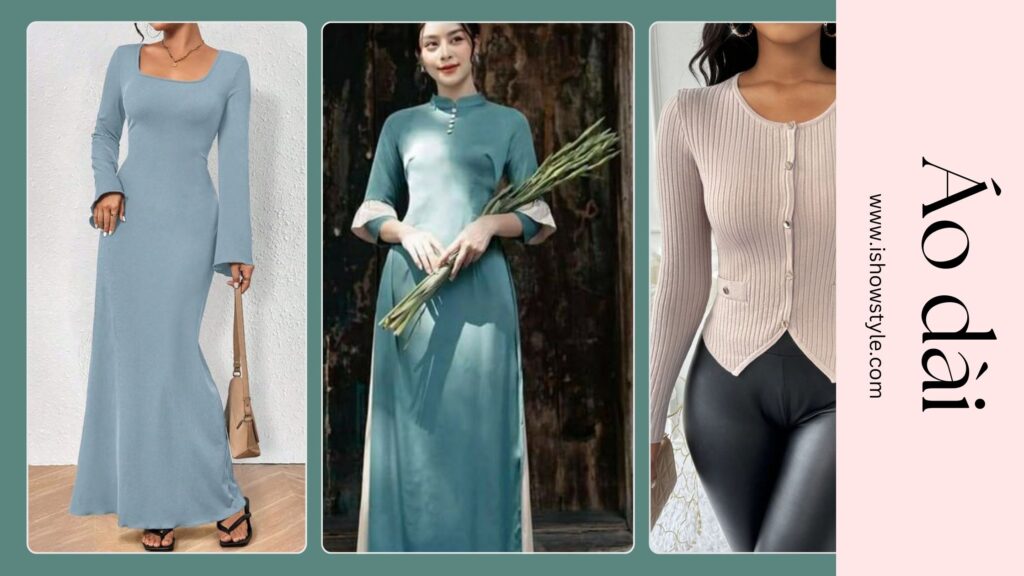
Imagine a garment that whispers history with every rustle of silk. The Áo dài isn’t just a dress; it’s a poem stitched into existence. Its long, flowing form, like a gentle river carving a path through tall grass, hides a secret world beneath – split silk pants whispering tales of ancient warriors. Each stitch is a brushstroke, painting a vibrant story on a canvas that flatters every figure. Colors dance across its surface – fiery reds for Tet celebrations, soft pinks for budding romances, and the serene white of a schoolgirl, pure as a morning dove. The Áo dài isn’t just worn, it’s inhabited, a timeless melody woven into the very soul of Vietnam.
Hanbok (Korea)

Imagine a symphony of color and structure. The Hanbok isn’t just clothing; it’s a captivating performance frozen in time. The women’s design, with its vibrant, contrasting jeogori (jacket) and billowing chima (skirt), is a mesmerizing dance of color, mimicking a blooming flower. The men’s hanbok, with its clean lines and balanced proportions, embodies stoic elegance, like a strong mountain peak. Yet, both outfits share a secret – layers upon layers whisper of hidden pockets, symbolizing resourcefulness and practicality. The vibrant silks whisper of ancient royalty, while the simple cottons speak of everyday life on the farm. Each stitch tells a story, a testament to Korea’s rich heritage. The Hanbok isn’t just worn; it’s a vibrant tapestry, woven with history, beauty, and a touch of hidden practicality.
Sari (India)
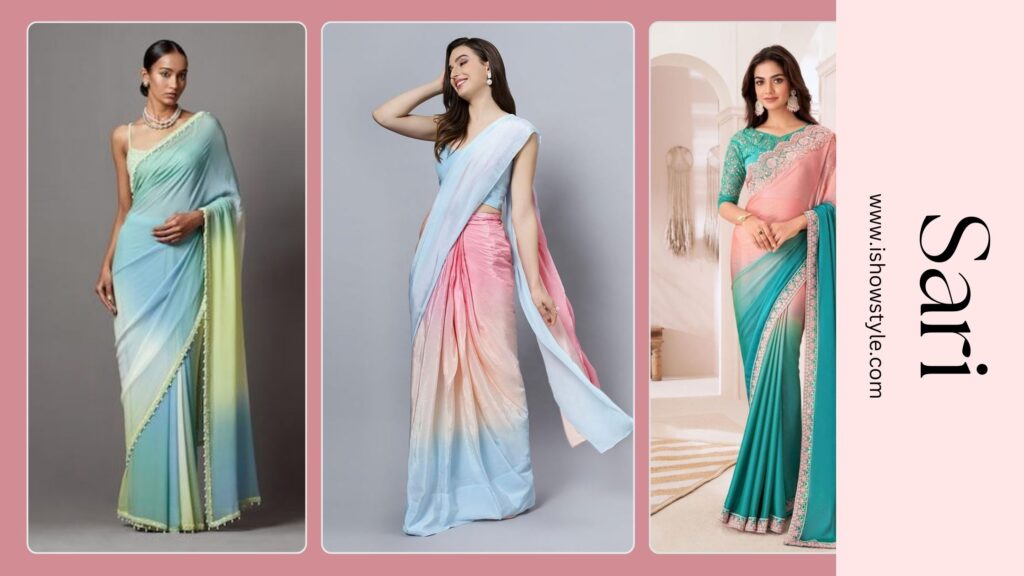
The Sari is more than fabric; it’s a living legacy draped around a woman’s story. Each yard, a whisper of history, unfolds like an ancient scroll. Silks whisper of Mughal courts, while crisp cottons tell tales of bustling marketplaces. The vibrant colors, a language in themselves, speak of joyous festivals and serene blessings. A single Sari can transform, becoming a playful companion for a young girl or a symbol of quiet wisdom for a grandmother. The drape itself, an art form passed down through generations, becomes a family heirloom, each fold a memory waiting to unfold. The Sari isn’t clothing; it’s a living tapestry, woven with tradition, resilience, and the undeniable magic of a woman’s spirit.
Kaftan (Middle East)
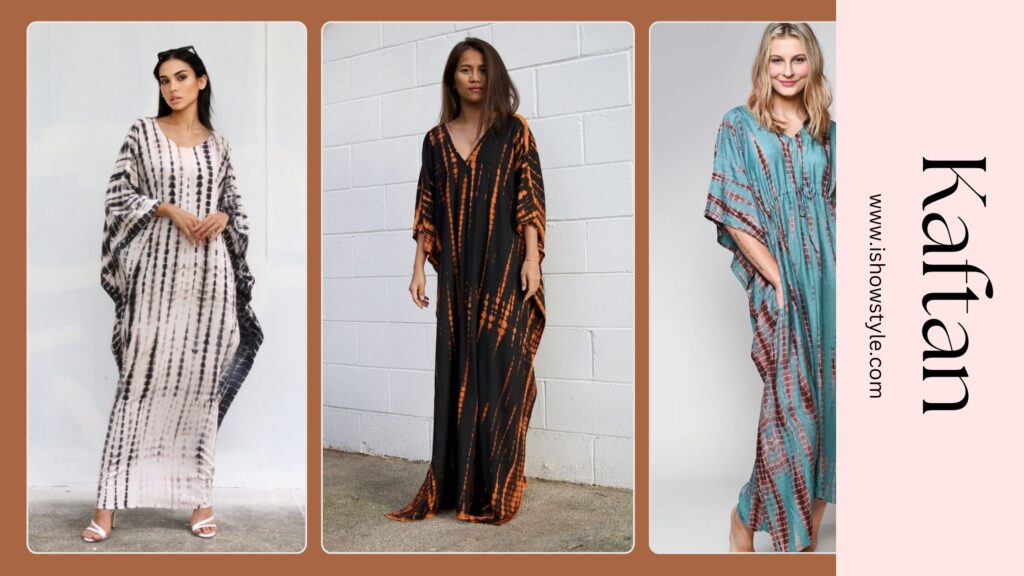
The Kaftan, a garment as ancient as desert sands and as alluring as a whispered secret, shimmers with the echoes of forgotten dynasties. Its loose folds, once billowing around nomads traversing scorching landscapes, now dance in opulent courts, rustling with the weight of untold stories. Each stitch whispers of forgotten lore – a hidden pocket concealing a stolen ruby, a vibrant tapestry design mirroring a constellation map leading to a hidden oasis. Worn by both scholar and sultan, the Kaftan is a chameleon, its plainness belying its potential for intrigue. Crafted from fabrics spun with moonlight and desert flowers, it drapes effortlessly, a promise of comfort and a canvas for whispered tales. The Kaftan isn’t just clothing; it’s a living legend, a portal to a world where history and mystery intertwine.
Dirndl (Germany)
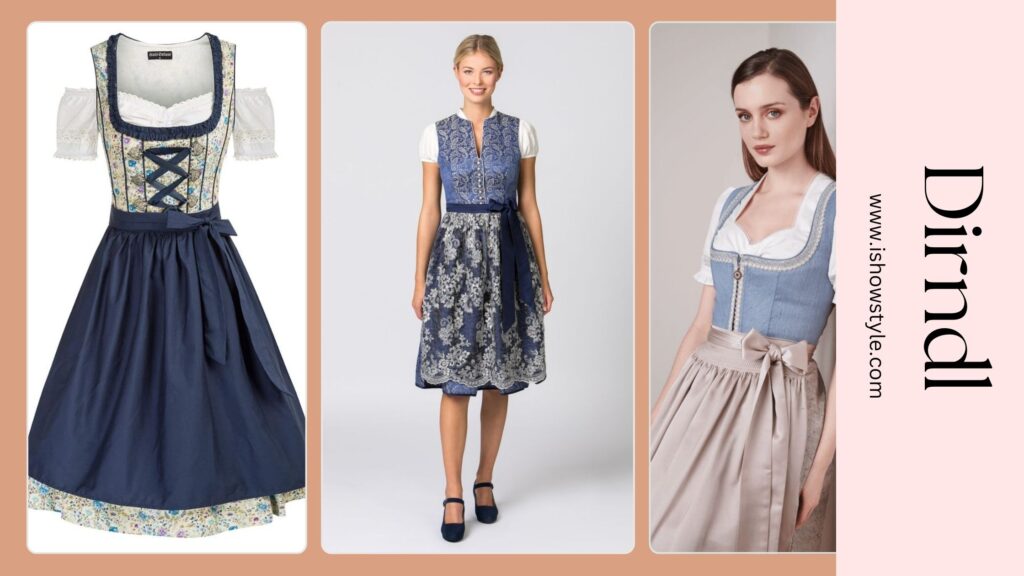
The Dirndl, a Bavarian beauty with a mischievous glint, isn’t just a dress; it’s a celebration bursting at the seams. Its bodice, a fitted hug adorned with a playful ribbon bow, whispers of flirtation and tradition. The full skirt, swirling with every step, explodes with a kaleidoscope of colors – deep greens echoing the rolling hills, vibrant reds mimicking the festive spirit of Oktoberfest. But beneath its joyous facade, the Dirndl holds a secret. The cleverly placed pockets, hidden beneath the apron, were once a symbol of defiance, allowing women to carry their own coins and claim a touch of independence in a male-dominated world.
Qipao/Cheongsam (China)
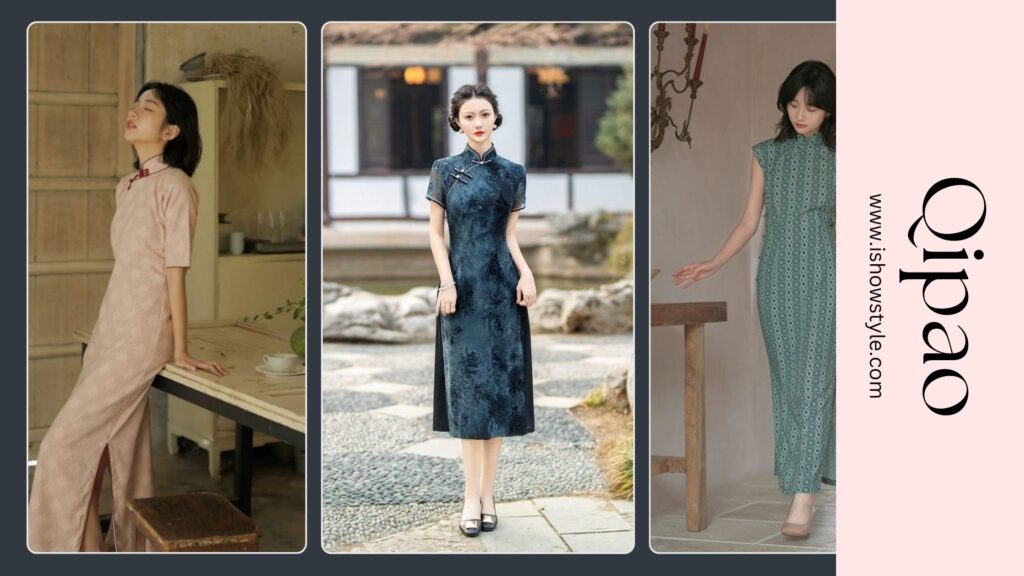
The Qipao, a captivating melody in silk, isn’t just a dress; it’s a phoenix rising from tradition. Its figure-hugging silhouette, a testament to the wearer’s confidence, transcends the constraints of time. Unlike its phoenix namesake, the Qipao isn’t reborn from ashes, but from revolution. Once a symbol of imperial China’s elite women, it shed its layers of formality to embrace a modern edge. The bold colors, a vibrant counterpoint to the past, now sing a song of individuality. Dragons dance across silks in celebrations, while sleek, monochromatic designs whisper of quiet power in the boardroom. The Qipao isn’t a relic of the past; it’s a phoenix reborn, a captivating blend of tradition and contemporary spirit, forever evolving to echo the rhythm of a changing China.
Yukata (Japan)
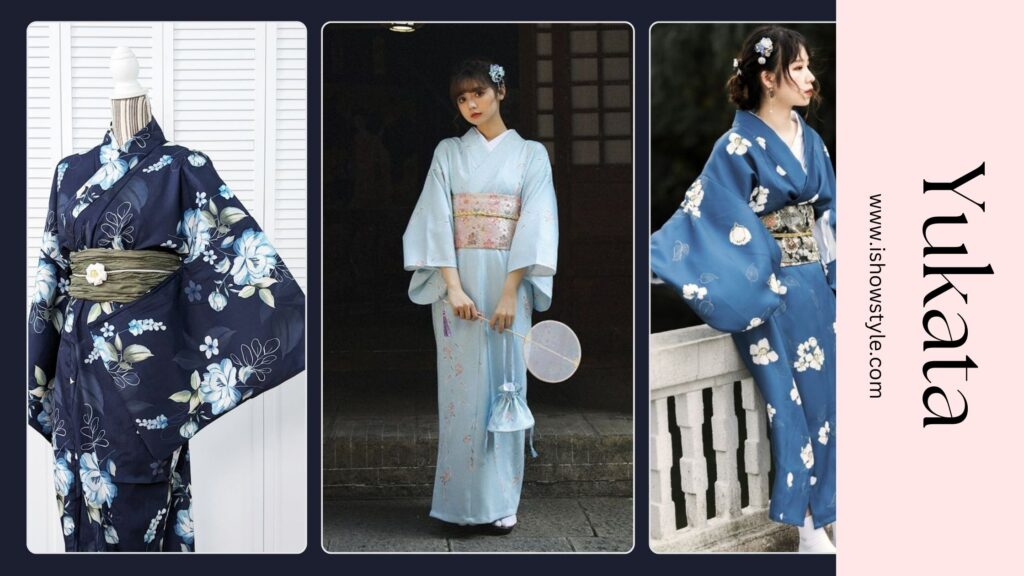
The Yukata, a haiku sewn in fabric, embodies the essence of Japanese summer. Unlike its flamboyant kimono cousin, the yukata whispers of simplicity and fleeting beauty. Made from lightweight cotton or hemp, it drapes like a cool summer breeze, adorned with motifs that dance like fireflies on a warm night. Delicate cherry blossoms or bold geometric patterns become fleeting poems, each design a brushstroke on a canvas of indigo or jade. Worn at summer festivals or fireworks displays, the yukata is more than clothing; it’s a connection to the ephemeral, a celebration of the present moment that vanishes with the last sparkler in the night sky.
Ao Dai (Cambodia)
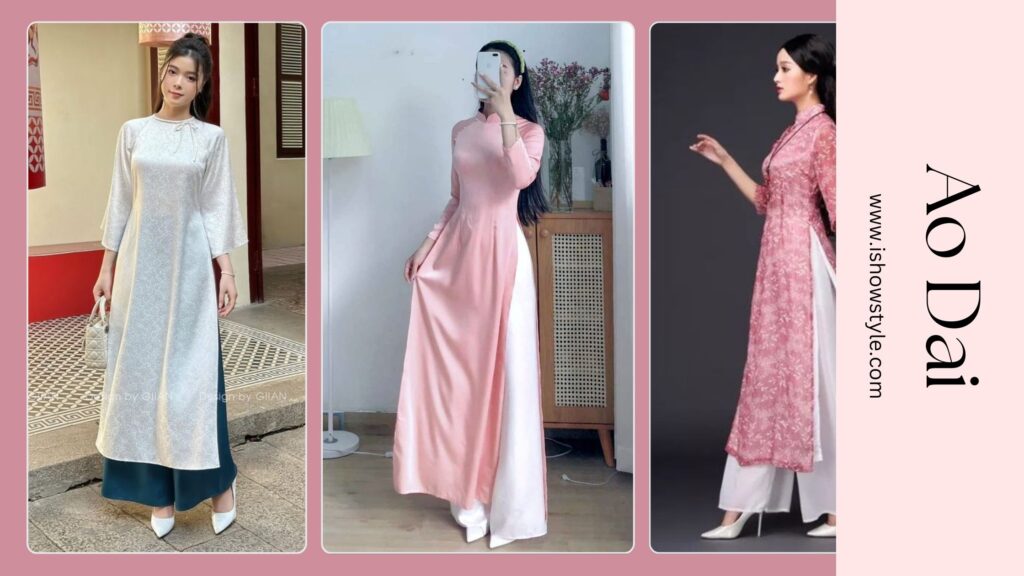
Imagine a phoenix taking flight, its wings a blend of Vietnamese and Cambodian elegance. Modern Cambodian fashion is embracing a fascinating fusion, where elements of the Vietnamese Ao dài dance with traditional Cambodian textiles. The result? Breathtaking garments that celebrate cultural exchange. Flowing silhouettes reminiscent of the Ao dài are reimagined in vibrant Cambodian silks, adorned with intricate embroidery that whispers stories of Angkor Wat’s grandeur. This sartorial innovation isn’t just about fashion; it’s a bridge between neighboring cultures, a testament to the enduring beauty that emerges when artistic traditions intertwine.
Hanbok Jacket (Korea)

The Hanbok jacket, also known as a jeogori, isn’t just outerwear; it’s a captivating story waiting to be unfurled. Unlike its billowing chima (skirt) counterpart, the jeogori boasts a short, cropped silhouette, hinting at the active spirit of the wearer. Crafted from vibrant silks or crisp cottons, it’s a canvas for showcasing Korean artistry. Bold colors and intricate embroidery whisper tales of nature – cranes symbolizing longevity or peonies representing prosperity. But beneath its beauty lies a touch of practicality. The wrap-around design, secured with hidden ties, ensures a comfortable fit for all body types, while hidden pockets hold treasures both literal and metaphorical. The Hanbok jacket transcends clothing; it’s a captivating glimpse into Korean culture, a marriage of aesthetics and practicality, a story waiting to be written on the canvas of life.
Lehenga (India)
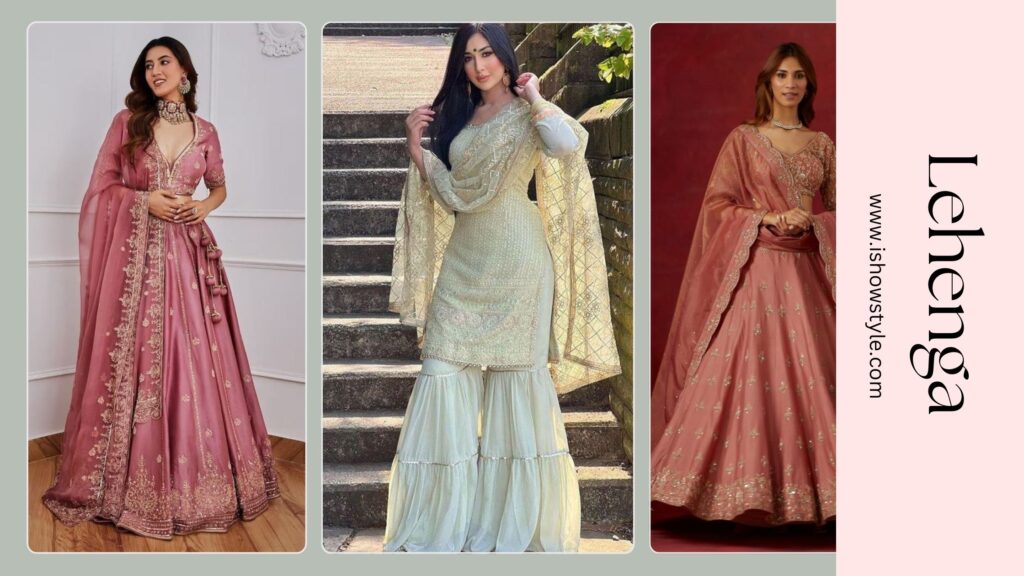
The Lehenga, a whispered poem stitched in silk and starlight, isn’t just an outfit; it’s a generations-old story waiting to be unveiled. Crafted by nimble fingers that move with the rhythm of ancient lore, each Lehenga is a canvas for a family’s heritage. Silks, shimmering like captured moonlight, whisper tales of bygone journeys on the spice route. Delicate zardozi embroidery, glinting with borrowed starlight, depicts stories passed down through generations – a paisley motif symbolizing eternal life, a mango pattern whispering of prosperity. The Lehenga isn’t a static creation; it’s a living tapestry, its weight a comforting reminder of the women who wore it before. Each rustle of the skirt echoes with laughter from past celebrations and the quiet hum of a grandmother’s sewing needle. More than clothing, the Lehenga is a cherished heirloom, a bridge between past and present, a silent testament to the enduring power of tradition and the stories woven into every thread.
Telekung (Indonesia)
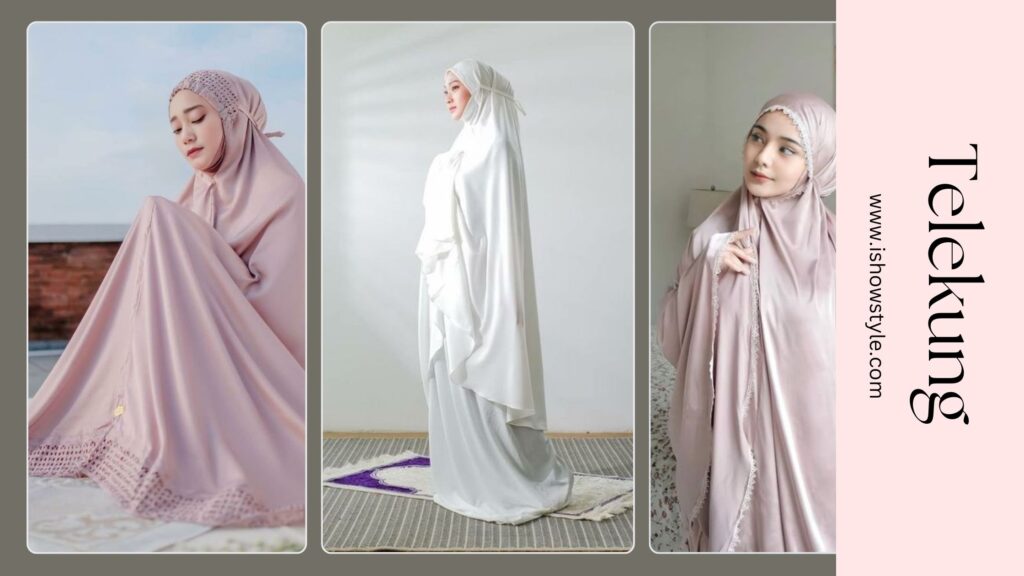
The Telekung, a whisper of serenity woven in moonlight, isn’t just clothing; it’s a sanctuary carried within oneself. Unlike the vibrant hues of everyday garments, the Telekung’s muted tones – calming whites and serene blues – evoke tranquility. Crafted from flowing fabrics that mimic gentle waves, it creates a cocoon of comfort, a separation from the bustling world. Each stitch whispers a silent prayer, a testament to the wearer’s devotion. Delicate lace or embroidery, often featuring geometric patterns or calligraphy, becomes a mesmerizing meditation focus. The Telekung transcends its function as clothing; it’s a portable sanctuary, a reminder of inner peace amidst the chaos of daily life. It’s a silent vow, a promise whispered between the wearer and the divine, carried within the folds of serenity.
Kebaya (Indonesia)
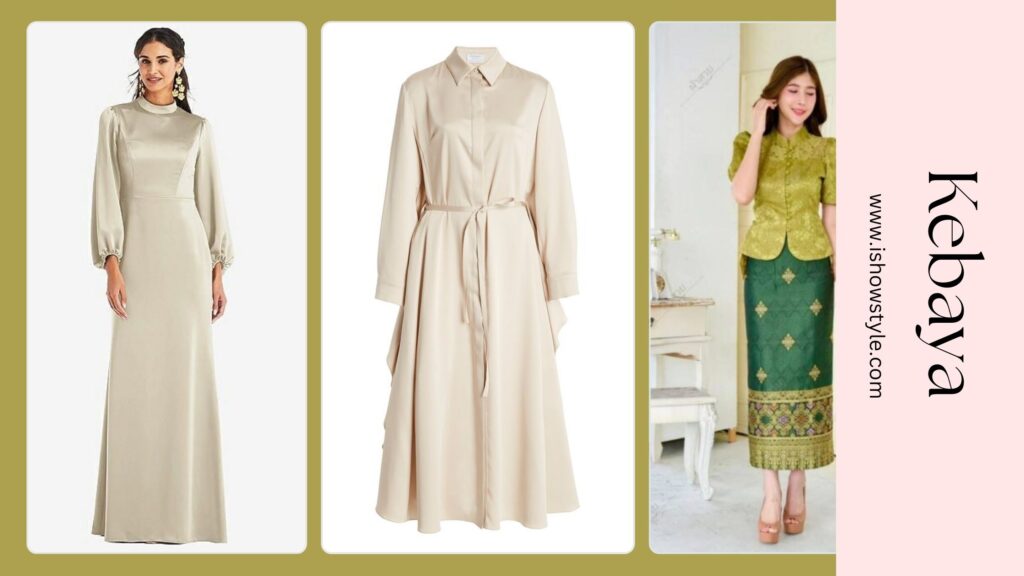
The Kebaya, a melody of heritage woven in silk, isn’t just a dress; it’s a symphony of cultures echoing through time. Its form, a fusion of Indian and Chinese influences, whispers stories of ancient trade routes and artistic exchange. The kebaya, with its fitted bodice and flowing sarong, embodies a quiet strength, a testament to the women who wore it throughout history – from nobility graced with heirloom fabrics to revolutionary leaders fighting for independence. But the Kebaya’s magic lies in its transformation. Crafted from luxurious brocades or breezy cottons, it adapts to every occasion. Delicate floral patterns whisper of springtime celebrations, while bold batik designs sing of Indonesia’s rich artistic heritage. The kebaya isn’t a relic of the past; it’s a living melody, ever-evolving with the times. Modern designers reimagine the kebaya with unexpected cuts and contemporary fabrics, ensuring its place in the ever-changing world of fashion. It’s more than clothing; it’s a cherished link to tradition, a vibrant thread woven into the very soul of Indonesia.
Peranakan Kebaya (Singapore & Malaysia)

The Peranakan Kebaya, a blooming flower sculpted in silk, isn’t just clothing; it’s a secret garden whispered onto fabric. Unlike its Indonesian cousin, the Peranakan Kebaya bursts with vibrant life. Its silks shimmer like beetle wings in emerald and sapphire, adorned with embroidery that dances like butterflies caught in a gentle breeze. Each motif whispers a hidden message – a phoenix embroidered on the back for enduring strength, or a peony on the shoulder for a blossoming of love. The Nyonya who wear these Kebayas become living botanical illustrations. The kebaya isn’t a costume; it’s a vibrant ecosystem woven onto silk. It’s a connection to the natural world, a silent promise to protect its beauty and embrace its untamed spirit. As the Nyonya walks, the kebaya sways, the threads whispering forgotten lore and blooming with the promise of a vibrant future. It’s more than clothing; it’s a living testament to the enduring connection between the Peranakan people and the lush paradise they call home.
Ram-Lehangha (Pakistan)
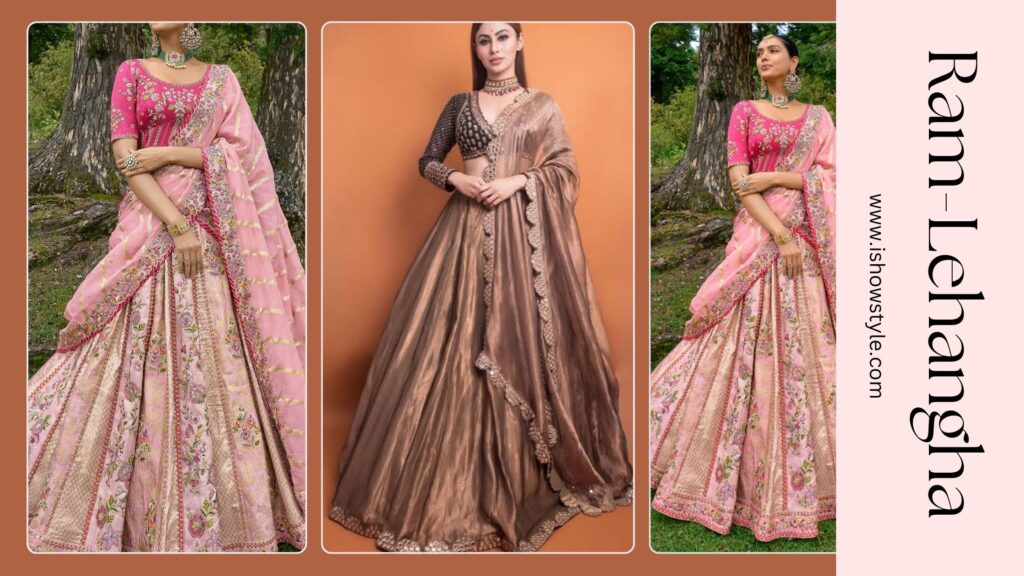
“Ram-Lehangha” isn’t a traditional Pakistani garment. Pakistan boasts a vibrant tapestry of regional clothing. There’s the iconic Shalwar Kameez, a two-piece ensemble for both genders, or the Gharara, a flowing skirt paired with a long tunic, perfect for twirling. But perhaps you were thinking of the Lehenga, a brightly colored skirt also found in India. In Pakistan, it takes on a unique twist, incorporating regional embroidery or embellishments, especially for weddings. Modern designers even push boundaries, creating fusion garments that blend the Lehenga with Pakistani-style tops. So, whether you’re drawn to timeless tradition or cutting-edge innovation, Pakistani clothing offers a unique story waiting to be unveiled.
Terno (Philippines)

The Terno, a butterfly taking flight from a bygone era, isn’t just an outfit; it’s a captivating metamorphosis. Unlike its more flowy cousins, the Terno’s silhouette transforms the wearer. The bodice, nipped at the waist, exudes a quiet power, while the skirt, with its signature butterfly sleeves that seem to unfurl with every step, whispers of hidden potential. Crafted from luxurious fabrics like piña silk, it shimmers with the subtle sheen of moonlight on rippling water. Each stitch tells a story, from delicate embroidery echoing ancient myths to bold colors reflecting joyous celebrations. The Terno transcends clothing; it’s a captivating metamorphosis, a timeless symbol of Filipina elegance and strength, ready to take flight into the future.
Abaya (Muslim world)
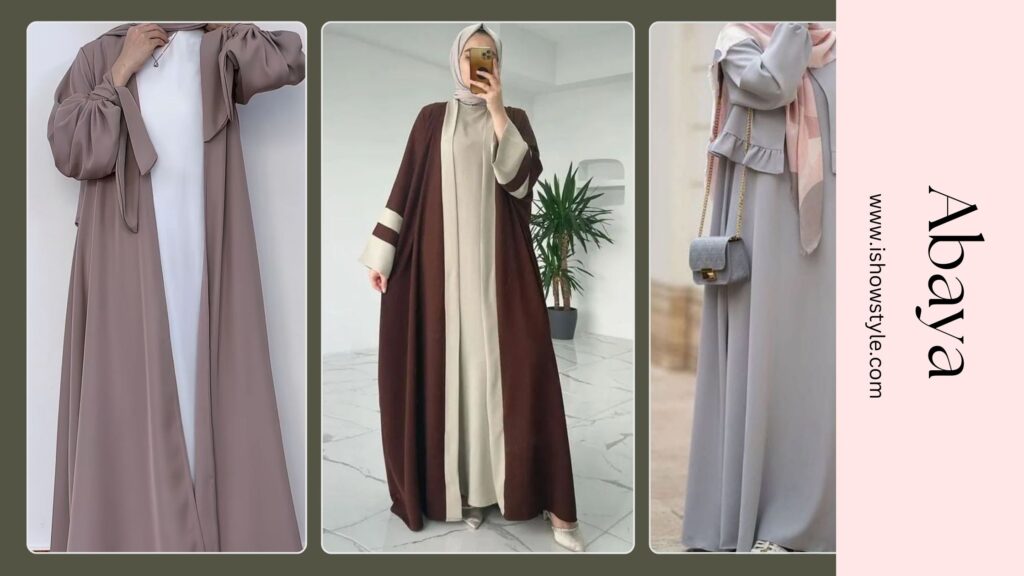
The Abaya, a whispered prayer woven into fabric, isn’t just clothing; it’s a portable sanctuary. Unlike the vibrant attire of the everyday world, the Abaya’s simple elegance, often in flowing black or serene white, offers a quiet focus. Each drape of the fabric becomes a silent invocation, a separation from the bustling world to connect with the divine. But the Abaya’s beauty lies in its quiet diversity. Fabrics whisper tales of their origin – crisp cottons murmur of desert sands, while shimmering silks sing of bustling marketplaces. Embroidery, a secret language understood by the wearer, might depict geometric patterns for protection or delicate florals for hope. The Abaya transcends its function as clothing; it’s a whispered promise, a portable sanctuary carried wherever faith guides the way.
Conclusions
The article talks about traditional clothing from various cultures around the world. It argues that traditional clothing is more than just something you wear; it’s a way to connect with history, tradition, and even the environment. Each article describes a different traditional outfit, including the Áo dài (Vietnam), Hanbok (Korea), Sari (India), and Kaftan (Middle East).

